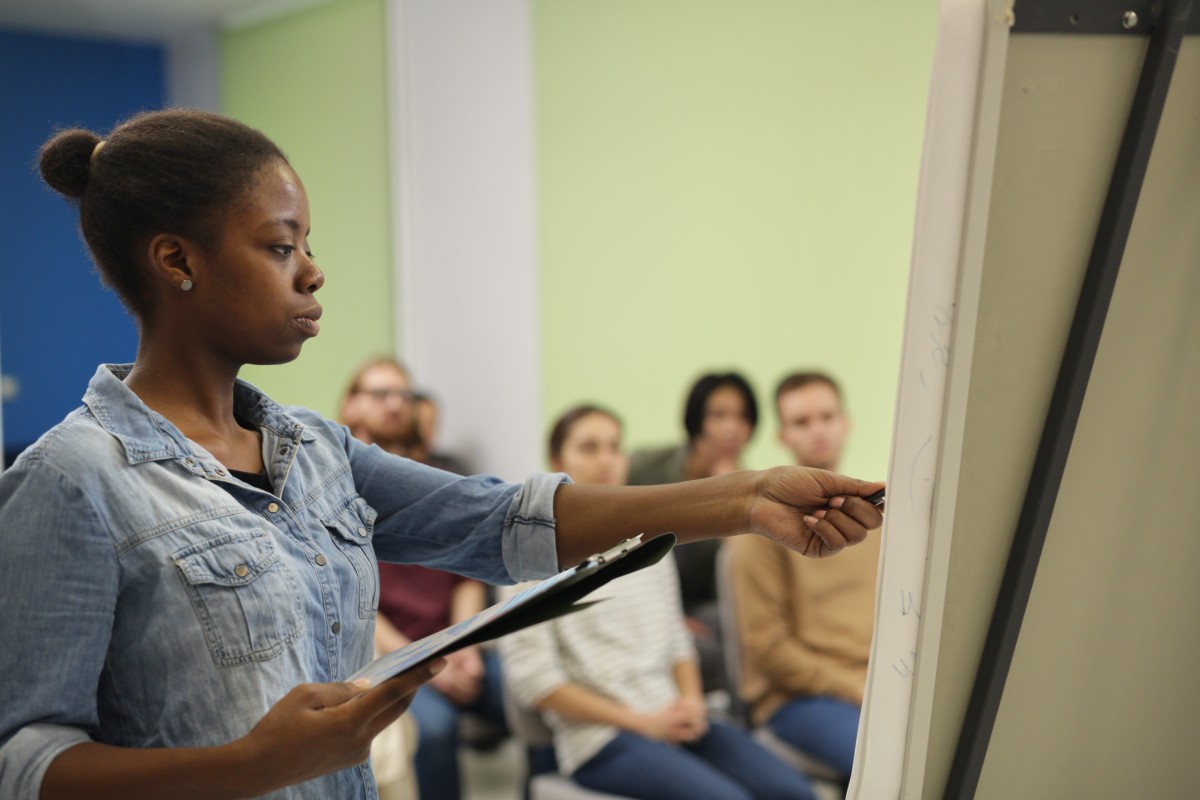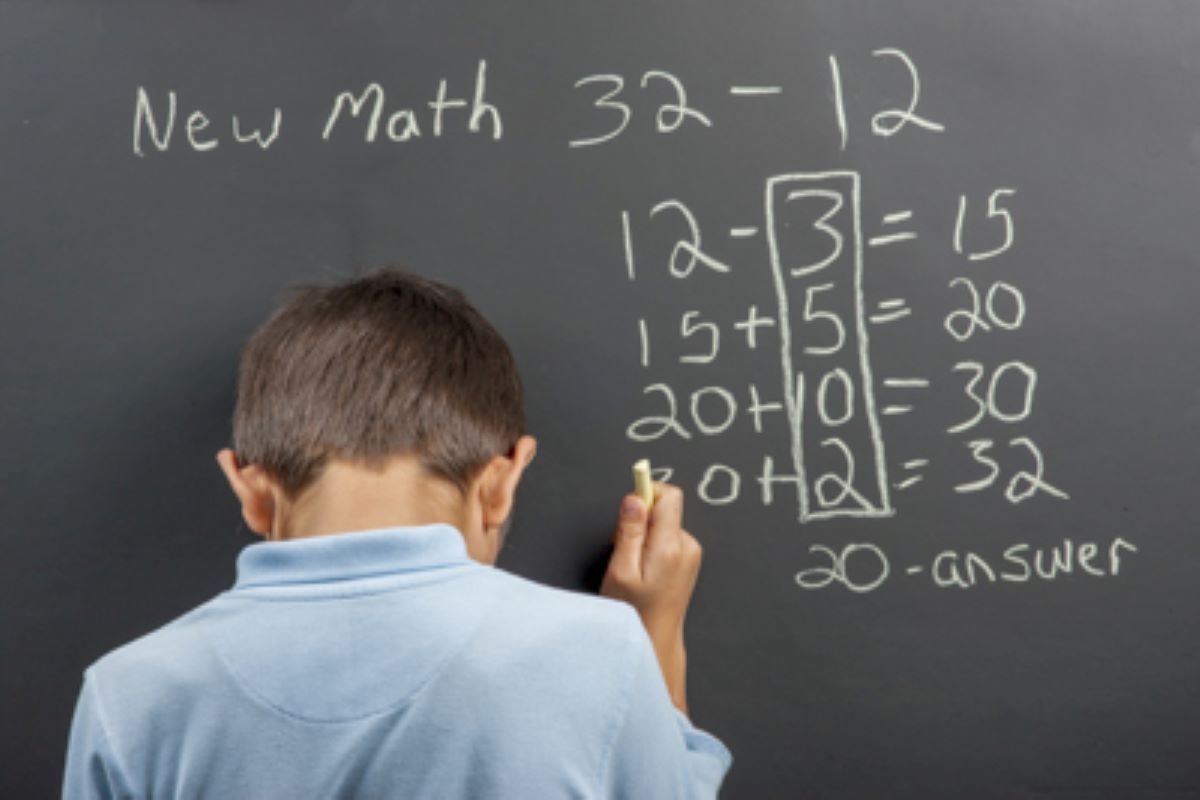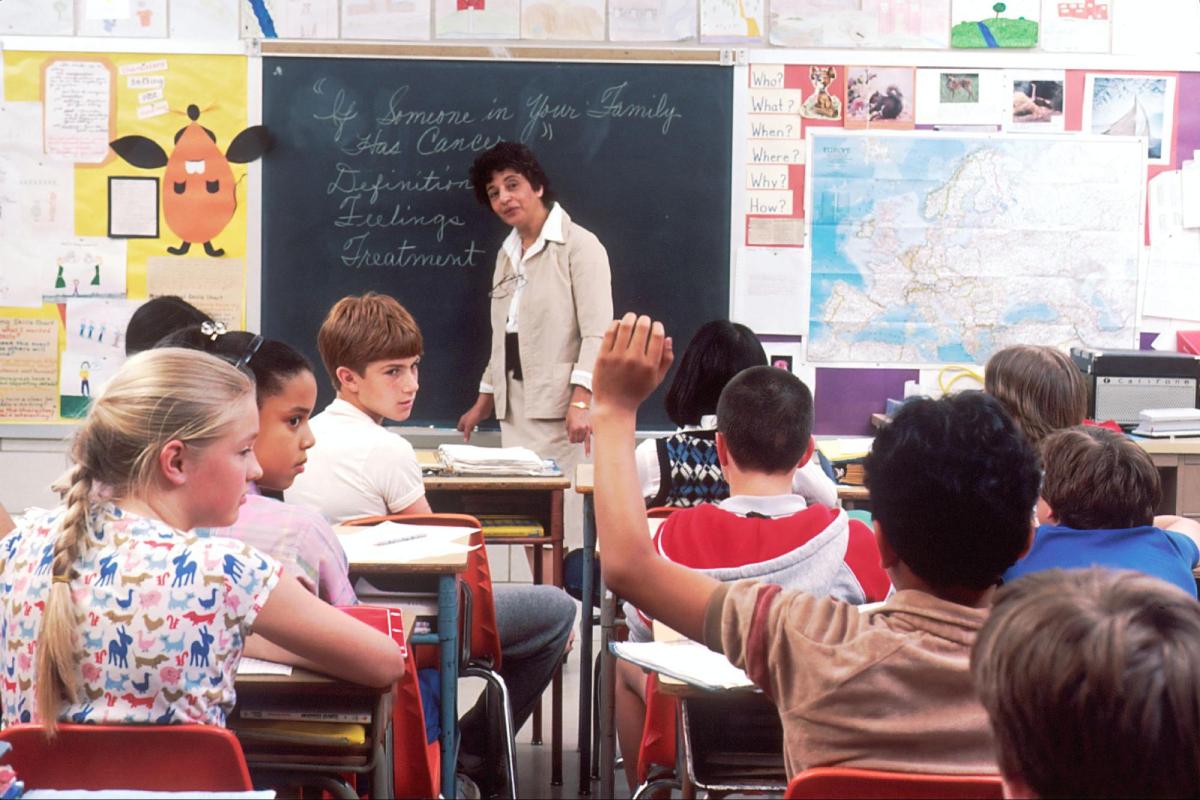ChatGPT Won’t Replace High School Teachers Anytime Soon. Here’s Why.
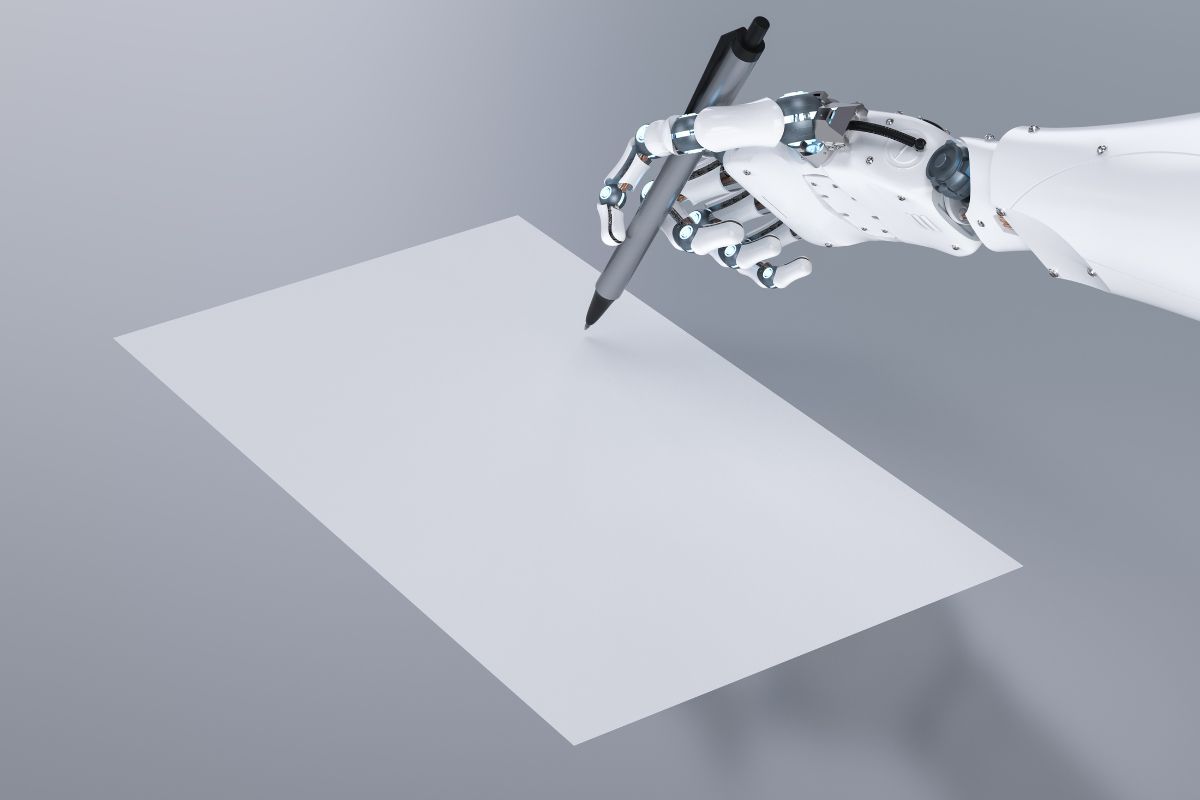
With all of the recent hype about ChatGPT replacing everybody’s jobs, I decided to conduct an experiment to see how effective the AI bot would be teaching an actual high school class. A high school teacher myself, I asked one of my colleagues for permission to observe her during a class session and record the interaction between her and her students. I then recreated the lessons to the best of my ability on ChatGPT, down to the exact questions students asked. She is a Social Science teacher, and on the day I sat in, she was teaching her AP World History students how to write responses to Document-Based Questions (DBQs), one of the essay question types on the AP World History exam.
Here is what I learned:
ChatGPT would not be able to help students with accommodations. Many students in K-12 school settings require special accommodations in how they learn or assess. ChatGPT could not be expected to know how to make allowances for such students without the student asking, which could be embarrassing or anxiety-inducing, or in some cases beyond the student’s capability.
ChatGPT cannot build relationships with students. The teacher exchanged jokes with her students, gave encouraging remarks, and made comments that related to individual students’ particular lives and personalities. When students feel seen and heard by their teacher, they are more motivated to engage in class.
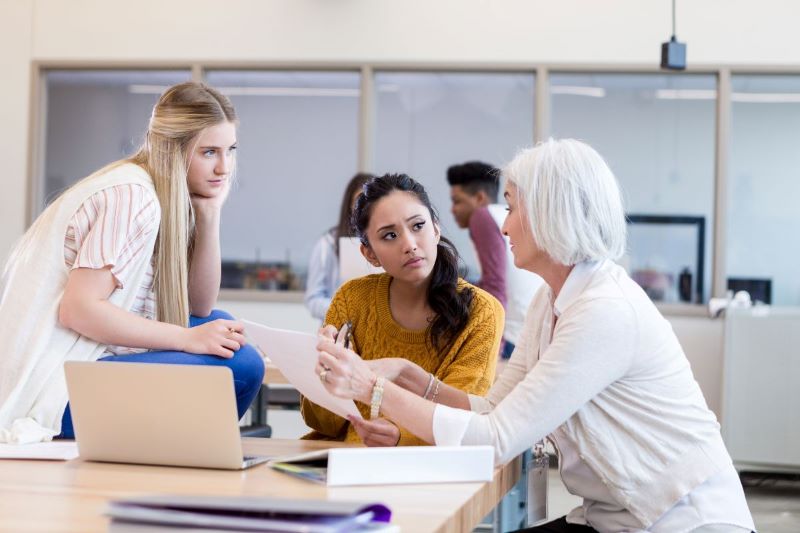
ChatGPT also cannot give strongly-worded advice. It gave diplomatic responses to questions such as “Do you recommend a counter or a claim?” and “Can you start with a counter, and then give a claim after?” However, sometimes students want some direction. And sometimes a teacher’s experience gives them the wisdom to recognize that one answer is better than another. The teacher responded “Counter” to the first question because, she said, the College Board likes to see a student’s ability to navigate both sides of an issue, and “No” to the second, because she finds that students aren’t as successful using that approach.
Students don’t always know what to ask to get the information they need. ChatGPT is dependent on its user knowing exactly which questions to ask to obtain the information she wants. There is much talk in K-12 education about student-centered, inquiry-based learning, but even when such approaches are used, students are not left alone in a classroom to run wild. Rather, they are guided within a framework that has been painfully constructed by their teachers to point them in the right direction. It is the responsibility of the teacher, who has more experience in the topic than the student does, to provide them with information they wouldn’t have known enough to ask for to help them advance in their own understanding of the material.
Here’s one example: the World History teacher advised using HIP analysis to source documents in the DBQ essay response, which stands for “historical context, intended audience, point of view.” It is a shorthand way for students to remember how to fully contextualize a document in their essay. ChatGPT knew what “HIP analysis” was and was able to explain it to me, but only when I asked it, which means that I had to know of the existence of the concept myself first to ask the question. It also advised me to use HIP analysis in my DBQ response, but again, only because I knew to ask it whether it advised doing so.
I saw enough in this instance of real-world back-and-forth dialogue between students and teachers to doubt that ChatGPT will replace teachers anytime soon. A more productive conversation would revolve around how the role of the human in the classroom should evolve with the advent of AI technology, and also how teaching and learning should adapt to this change. ChatGPT’s strength lay in providing information, the raw content of the lesson, once I knew what to ask for. ChatGPT’s clear, succinct responses to well-posed questions would cut out a lot of the back-and-forth that occurs in the classroom and wastes time when students are trying to better understand what a teacher means.
I imagine a union of ChatGPT and humans in education, where human teachers can devote the extra time that AI’s information gathering and content creation gives them to building a framework of learning to guide students toward asking the bot the right questions for obtaining the information they seek and then advising them on how to use that information meaningfully. In the Information Age, where students are liable to be overwhelmed by all of the knowledge they have access to, the tools that teachers provide for navigating the information overload are more essential than ever.
This article is available and can be accessed in Spanish here.



